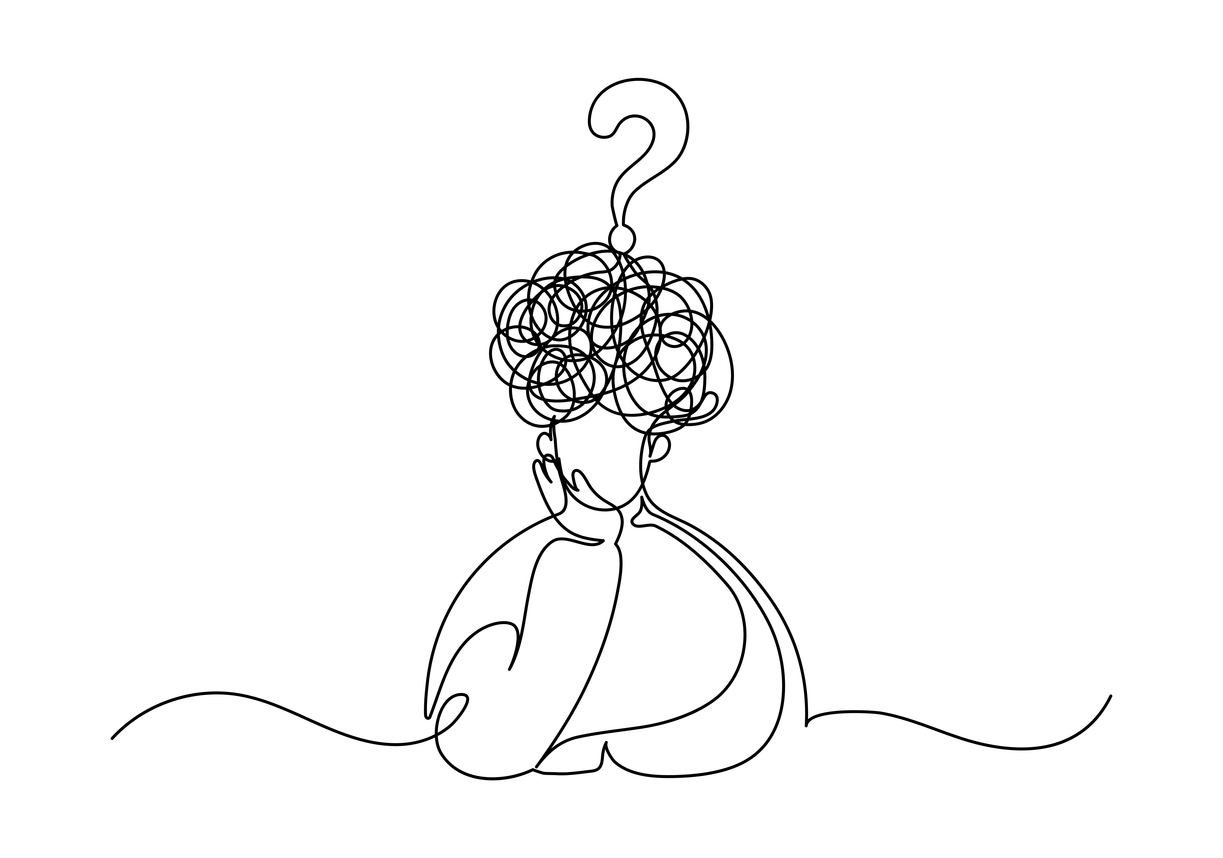Only by being really difficult
can the child discover whether the parents are resilient and robust – worth having.
If the child, or even adult, is never really difficult
he will never find out what the world and he himself are really like.
Psychotherapist Oona Metz described, in a recent blog post, her reactions to her adolescent daughter’s rapid development. How tightly should she hold on? How much should she let go? Hope mixed with fear at every step:
“The hope she will get her driver’s license, the dread she won’t make it home one night. The hope she will be independent, the dread she will move far away. The hope that her generation will be able to fix the problems we have foisted on them and the dread that it is already too late.”
This seesaw movement is what it’s all about in the teen years. The path parents have to navigate is full of potholes, with twisty turns, being on the ready always to respond to unexpected changes. Having to be vigilant but not intrusive. Having to reign in but also push the teenager to reach outside their shell and venture (even tentatively) into the world.
To add insult to injury, despite the parents’ best navigation efforts, it’s not all up to them: adolescents have the final say, at the end, in how far they’re willing to let go or hold on.
No wonder at times it all feels exhausting, both for the teenager and the parents. For a few years there’s an ongoing tug of war.
 Managing the push and pull
Managing the push and pull
How do parents find their way, while supporting their teenager on this zigzag path? It helps to remember, to start with, that the inevirable result of driving in twisty terrain is: we get car sick.
So: accepting that it won’t be smooth territory can help, as a first step. Instead of seeking solutions, strategies, and labels – ‘how to parent? What’s the answer’ how can we make this path smoother?’ – parents could consider that this uneven path is it for a while.
It would be a relief if a manual could tell us how much risk is too much, when protection becomes overprotection. But no strategy works for all situations. The societal expectations parents face – encourage risk! But not too much! Be connected! But don’t mollycoddle them! – are impossible to achieve (and irritating): No wonder parents sometimes want a break from it all.
Authoritarian, permissive, authoritative parenting
Much has been written about the three parenting styles: authoritarian, permissive, authoritative. They could be paralleled to ‘holding on’ (authoritarian), ‘allowing plenty of independence’ (permissive) and ‘balancing the two’ (authoritative). We should probably aim for authoritative parenting (thus keeping the balance), but even that implies a prescription when prescriptions for parents are a big part of the problem. Each family is different: the approach that works for one family will be miles apart from what works for another.
Adam Phillips reminds us that we want to help adolescents, but “they don’t want to think of themselves as people in need of help; we want to help them be more independent, and they feel that being helped to be independent by adults is a contradiction in terms”. So how to proceed?
Questions to ask
When deciding how much to pull and how much to push, parents can ask themselves, and each other, a few questions. The journalistic 5Ws and 1H come to mind here. Journalists are instructed to consider a few foundational questions (Rudyard Kipling called them the ‘six honest serving men’) to write a clear lead to articles, drawing the reader in. Similarly, when faced with dilemmas with many sides to them, parents can pause and consider what they’re dealing with.
Who? What? When? Where? Why? How?
What? When? Where? Why? How?
In this way maybe parents can move from a formulaic approach – what is the appropriate thing to do? – to a more natural way of thinking about the problem at hand. To decide how much to push and how much to pull with teenageres, all six questions deserve looking at: who, where, what, when, how, and why to let go and promote self-reliance? When to hold on and focus on connection?
Say your 13-year-old daughter wants to join a new social media platform that all her friends are using. She assures you that she understands online safety and privacy.
Or your 17-year-old son wants to attend a concert in a nearby city with friends. It’s his first time attending this kind of event without adult supervision.
I’ll expand on a few of the questions.
Who?
For the 13 year old girl who wants to join a new media platform the usual questions to ask might be … Who will she be interacting with on this platform? Do you know her online friends or their parents?”
For the 17 year old boy parents might wonder – “Who will he be going with? Do we know his friends and trust our son’s judgment?”
But parents can also go a step further: Who does the son or daughter remind me of as they’re trying to take this next step towards independence? What did I use to do at that age?
Often the adolescent’s behaviour connects with something in the parent’s own teenage years or their relationship with their own parents. This reviving of the past operates in all moments of separation and invidividuation. Back in the 50s, psychoanalyst Ernst Kris had written:
“The psychoanalytic understanding of parental attitudes has a natural center in the unconscious meaning which having children or a specific child has for the parent … This mechanism of revival of the past is operative in the mother as well and for both parents constitutes a central point in the experience of parenthood. The relation to one’s own parents is repeatedly re-enacted by repetition or by avoidance.”
This can go a step further, as parents can often have opposite reactions to each other to the teenager’s steps towards autonomy. One parent may remember how left out they felt when their parents wouldn’t allow them to go out in the evening at 12. While the other parent may have been offered too much independence, too early, and could now be correcting for that. In the same article, Kris says:
“Parental attitudes to the child are continuously influenced by the child’s growth and development. With the changing needs and demands of the child different reactions of the parents are stimulated, since changing demands tend to mobilize different unconscious material in the parent”.
What?
The initial question is: what are we dealing with here? what is the problem?
But thinking further … To handle a push and pull situation, the adolescent must be understood as a person in a process of rapid change – a work in progress, “a developing organism rather than as a miniature adult”, as psychoanalyst Phyllis Greenacre once said.
This developmental framing reminds parents that everything is in flux in adolescence. They can be supported by the belief that whatever is going on will soon change, and that is the only certainty. Holding the ship steady then becomes the goal, rather than expecting absolute answers.
When?
Parents start by asking – when is this request for independence (or, in other cases, this withdrawal into the room) happening? Is it a particularly vulnerable time?
But what parents can also keep in mind is that, confusingly, the early adolescent years can, in their entirety, be seen as a ‘vulnerable time’. Erik Erikson reminds us that –
“adolescence is not an affliction, but a normative crisis, i.e., a normal phase of increased conflict characterized by a seeming fluctuation in ego strength, and yet also by a high growth potential.”
How?
This is the most usual set of questions parents wonder about. How will the 13 year old make sure to use the online platform safely? How will the 17 year old get to and from the concert safely?
But safety and risk are relative concepts. Safety is never a done deal, and this is not a bad thing. This also goes for independence, which is a gradual process and of course is never fully achieved in life. Nor should it be. Winnicott once wrote about path towards independence as a staged process: first the baby experiences absolute dependence, then relative dependence, and then there is a longer stage towards independence. We probably stay on that for life, I would think.
“Independence is never absolute. The healthy individual does not become isolated, but becomes related to the environment in such a way that the individual and the environment can be said to be interdependent”.
